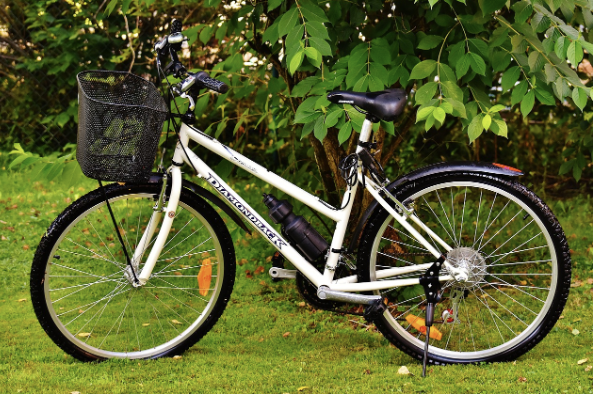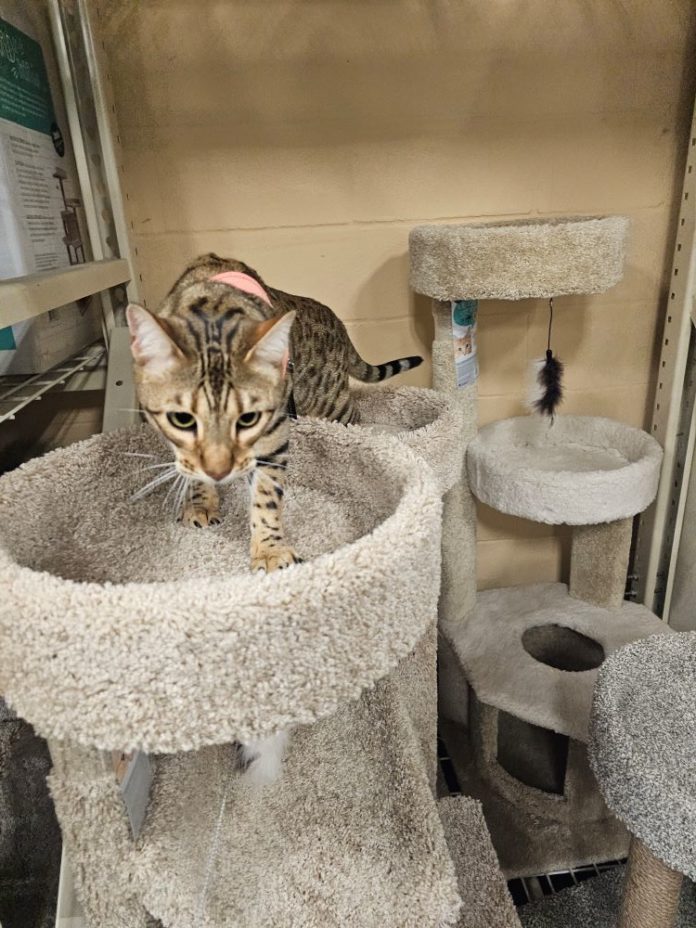Owning a bicycle can give you a lot of freedom. Even if you already drive, a bike allows you to get out and explore in new ways. Whether you use it to get to work or you want to hit your nearest trails, your bicycle allows you to travel in a fast, eco-friendly way that’s also perfect for helping you to keep fit. But a lot of people learn to ride a bike as a kid and then rarely do it as an adult. If you haven’t ridden or owned a bike in a while, buying one can be a bit confusing. They might look simple at first, but there are actually a lot of things to consider when you’re trying to find the right bike.
Before you decide which bicycle is right for you, take a look at these important questions to ask yourself.
What Sort of Riding Do You Want to Do?
There are different types of cycling and riding you might want to explore. Some people ride their bikes as an everyday activity, maybe to commute to work or take the kids to school. Others might use their bicycle for errands or prefer to exclusively ride out in nature instead. These things can all require different types of bikes that are capable of handling different terrains and environments.
Your main consideration is whether you want to ride on-road or off-road, or might want to do a bit of both. If you’re mainly planning to commute or ride on-road, a city bike could be what you’re looking for. A mountain bike is obviously more appropriate for trails and off-road biking, while a hybrid can give you the best of both worlds.
What’s Your Budget?
Setting a good budget for your bicycle is an essential step. Bicycles can be very cheap, and they can get very expensive, too. It’s likely you’re going to want something somewhere in between, especially if it’s your first bike as an adult. However, there are times when you might be happy keeping to a very low budget, or you might be prepared to invest in something more expensive. To set your budget, try browsing a few bikes to get a feel for how much they cost. Look online or visit a local store to see what’s available and what you can get for your money.
Where Should You Buy Your Bike?
Deciding where to buy your bike is important too. You can buy a bike both online or offline, whether from a bike store or perhaps from a private person. If you want to buy online, it can make it easier to browse a huge range of bikes. This option works for people who like to do their own research. You can look at online stores that stock a range of bikes, or you might choose to head straight to the website for a particular brand. But if you’re someone who’s easily overwhelmed, consider visiting a bike store in person. You’ll benefit from advice from the staff and the chance to see some bikes in person. It can make it easier to narrow down what you’re looking for.
If you’re considering a used bike, these can be bought from a store or in a private sale. You might treat it a little like buying a used car. Be sure to check the condition of the bike in person and take the usual steps to avoid being scammed.
Should You Go Electric?
One of the biggest decisions to make is whether you should invest in an electric bicycle. An electric bike will give you a power boost, making it easier to tackle all kinds of distances and even terrains. It can be useful for going uphill or if you need a little help going faster. But is an electric bike worth it? There are a few things to think about before choosing one. The first is your budget. An electric bicycle doesn’t necessarily have to cost a lot more than a standard bike, but it depends on what your budget is. If you compare two bikes from the same make, you’ll be paying more for the electric one.

You also need to think about the practicalities of owning a bike. You’ll have to consider electric bike charging, including where and how to charge your bike. The cost of charging your bike is something to think about too. The bicycle’s battery and motor are important factors to take into account when choosing an electric bike. In some locations, electric bicycles are limited to having a certain amount of power. Above the limit, they may be considered mopeds or motorbikes and require a license to ride them.
Does It Need to Be Foldable?
Another major feature you might consider is foldability. Folding bikes are generally something to think about if you’re buying a bike for commuting. You can fold it up to store it at work or if you’re using public transport for part of your journey. If you choose to drive part of your commute, you’ll also be able to pack it into your car and unfold it once you’re ready to ride. A folding bike definitely isn’t a necessity, though, and it can make your bike more expensive.
What Size Do You Need?
Bicycles are not really “one size fits all.” You need a bike that’s the right size for your height if you want to be able to ride it comfortably and stop safely. But how big should your bike be? Too small, and you won’t be able to get the seat height enough for your comfort. Too large, and you could struggle to ride and control it. Ideally, you should be able to stand up over the frame with your feet flat on the floor, leaving a little bit of space between your body and the bike. You can find various measurement charts to help you, but the best thing to do is often to visit your local bike store and try out a few bikes.

Can You Take a Test Ride?
Trying out a bike before you buy it is the best way to tell if it’s for you. It will help you determine if you feel comfortable on it and if it feels good to handle. Even a short ride can give you a chance to test it out and decide if you’re happy with it. You might not be able to try it on the terrain you’ll actually be tackling, but you can still get a feel for it.
Can You Maintain Your Bike?
Once your bike has come home with you, will you be able to take care of it? Just like you need to be able to maintain your car, a bike needs regular maintenance too. Would you know what to do if the chain came off or the tire had a puncture? This is another way your local bike shop can come in handy. They often offer courses in bike maintenance so you can learn to care for your bike.
What Accessories Do You Need?
Before you’ve finished shopping, don’t forget to consider any accessories you need. Start with anything you need to stay safe on your bicycle, such as a helmet and lights. It’s also a good idea to consider reflective clothing, especially if you’ll be riding in the dark or during bad weather. Luggage is worth considering, too, whether it’s pannier bags or a basket for the front of your bike.
A lot can go into your decision to buy a bike. Take your time when you’re choosing one to make sure you invest in the right bicycle.












